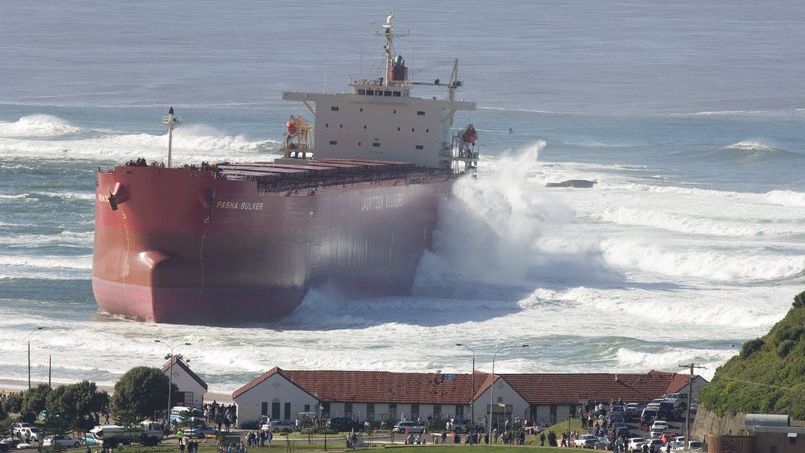Swedish Club Presents Accident Statistics
 file photo
file photo By MarEx 2016-07-11 21:09:28
The Swedish Club has launched its latest publication, Claims at a Glance, which provides an insight into the full range of claims the Club has handled over the last five years.
Claims at a Glance investigates the causes of a wide range of incidents and makes practical recommendations on how to prevent them. It makes full use of Interactive Root Cause Analysis to analyze the root cause of a variety of claims.
Costly cargo claims are often due to catastrophic circumstances such as total losses, fires or navigational claims, states the report. The top three most expensive categories are inherent vice, collision and grounding. Inherent vice is caused because the cargo was not in a proper condition when it was loaded.
Catastrophic navigational claims have a large impact on the cost of cargo claims on container vessels. The frequency of collisions and groundings are around three percent of the cargo claims, but the cost contributes more than 20 percent and 15 percent of the total cost respectively.
Contamination is a major issue for chemical and product tankers as it is both the most frequent and most costly type of claim.
The frequency of injuries has increased substantially since 2012, which might be explained by a greater awareness of the right to make a claim and secondly the level of the potential financial compensation, states the report. There are, however, many other factors in operation. These include greater demands on individuals on board vessels, an increase in stress-related conditions and the erosion of social interaction in the lifestyle at sea.
Lars A. Malm, Director, Strategic Business Development & Client Relations, says: “The importance of establishing a good loss prevention culture in an organization cannot be underestimated. We acknowledge that this is a time consuming process requiring great commitment. However when you consider that the average cost for a P&I claim is $80,000 and for H&M it is over $500,000, then the benefits of preventing even a single casualty can be considerable.”
The report is available here.

